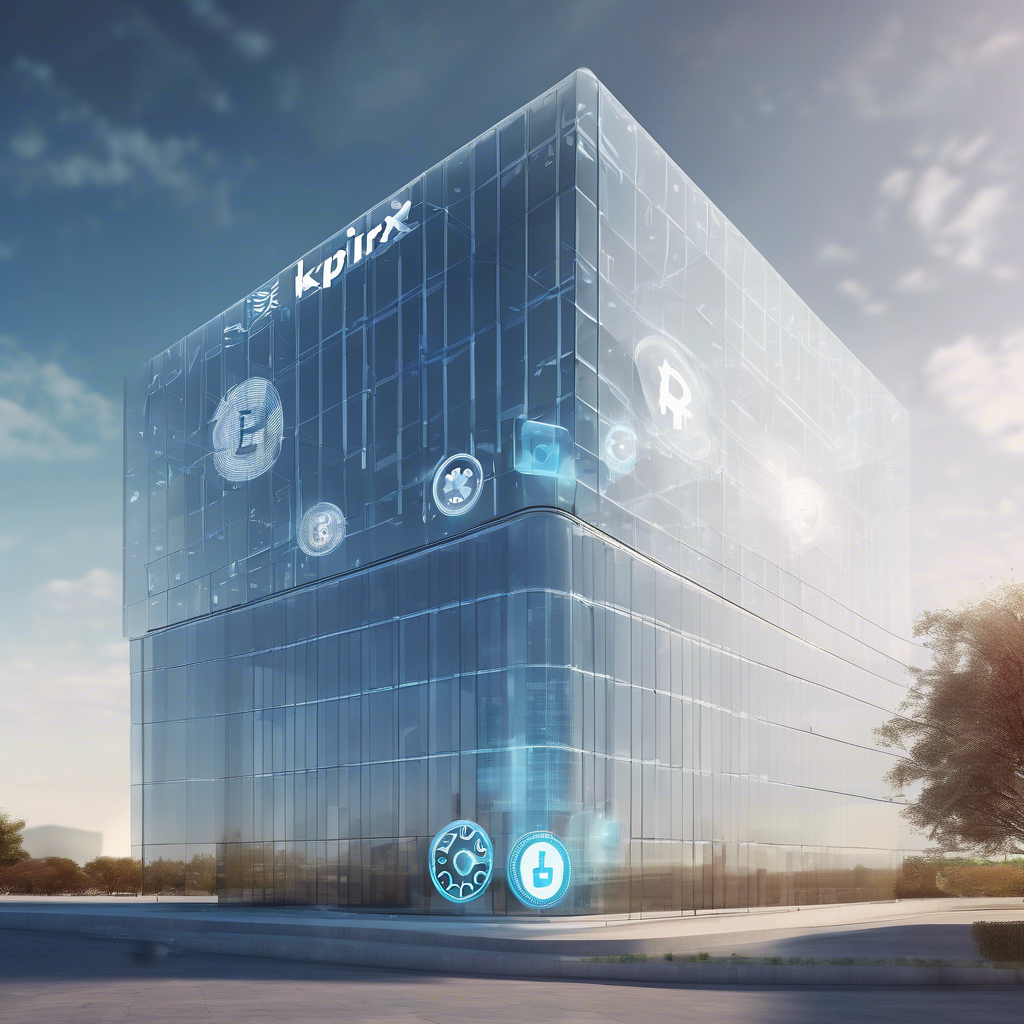Blockchain Integration Challenges and Opportunities in Financial Systems

In 2022, Gartner forecasted that blockchain could generate $176 billion in business value by 2025 and $3. 1 trillion by 2030, suggesting it could transform various industries. However, integrating this powerful technology remains a challenge, as the obstacle lies not in the technology itself—blockchain functions as designed, providing unchangeable transaction records—but in our approach to its implementation. Historically, attempts to replace established financial systems with new ones have failed. Instead of seeking to overhaul traditional finance, efforts should focus on enhancing it. A Deloitte survey from 2021 indicated that 76% of executives view digital assets as potential alternatives to fiat currencies, yet 71% identify existing financial structures as barriers to adoption. This illustrates a misunderstanding of technological evolution; innovations like credit cards complemented cash rather than replaced it. Ethereum and similar platforms attempted to solve integration issues through smart contracts and decentralized identifiers, aiming to offer automation and transparency while removing intermediaries. Despite a 150% increase in decentralized finance (DeFi) value locked up to $133. 88 billion in 2024, challenges persist.
High transaction fees on Ethereum made small transactions impractical for most users, while issues with smart contracts have led to significant exploits and hacks, highlighting ongoing security concerns. For smart contracts to succeed, the industry needs to enhance user experience and security, integrating solutions such as biometric authentication along with intuitive wallet management. For instance, Concordium employs advanced ID verification to secure transactions without sacrificing privacy. The reluctance to adopt blockchain often stems from integration hurdles rather than skepticism about its capabilities. The shift shouldn't focus on creating entirely new financial systems; rather, it should emphasize bridging Web2 and Web3. Traditional banks require solutions that work with existing networks while maintaining blockchain's benefits. A promising initiative is SWIFT’s blockchain pilot program, set for 2025, which will allow banks to test digital asset transactions without overhauling their systems. By promoting interoperability, SWIFT aims to facilitate blockchain integration at a manageable pace, showing that adopting blockchain doesn't have to be disruptive but can enhance established systems progressively. Successful blockchain adoption will rely on three critical factors: ensuring interoperability with current financial frameworks, enhancing user experience to be as straightforward as traditional banking, and establishing clear regulatory frameworks that balance consumer protection with innovation. Ultimately, blockchain's viability will depend on its ability to integrate smoothly into everyday financial transactions, making life easier for users rather than presenting unnecessary complexities.
Brief news summary
In 2022, Gartner projected that blockchain technology could generate $176 billion in business value by 2025, potentially rising to $3.1 trillion by 2030. Despite this promise, integrating blockchain into existing financial systems faces significant challenges, with many projects falling short of replacing traditional infrastructures. While many industry leaders acknowledge the potential of digital assets to challenge fiat currencies, established financial frameworks impede broader acceptance. Innovations like Ethereum’s smart contracts present opportunities for automation and reduced dependency on intermediaries; however, they are often hampered by high transaction fees. Security threats, exemplified by the 2023 Euler Finance hack, further complicate matters. To promote blockchain adoption, efforts should concentrate on enhancing interoperability between Web2 and Web3 rather than seeking alternative financial paradigms. Initiatives like SWIFT’s blockchain project illustrate the feasibility of incorporating digital assets into traditional banking. Prioritizing interoperability, improving user experience, and establishing robust regulations will be crucial for successfully integrating blockchain into mainstream finance and solidifying its role in the global financial ecosystem.
AI-powered Lead Generation in Social Media
and Search Engines
Let AI take control and automatically generate leads for you!

I'm your Content Manager, ready to handle your first test assignment
Learn how AI can help your business.
Let’s talk!
Hot news

Apple's AI Executive Joins Meta's Superintelligen…
Ruoming Pang, a senior executive at Apple who heads the company’s artificial intelligence foundation models team, is departing the tech giant to join Meta Platforms, according to Bloomberg News reports.

Ripple Applies for U.S. Banking License Amidst Cr…
Ripple has recently submitted an application for a Federal Reserve master account through its newly acquired trust company, Standard Custody.

AI in Autonomous Vehicles: Overcoming Safety Chal…
Engineers and developers are intensively working to resolve safety issues related to AI-driven autonomous vehicles, especially in response to recent incidents that have sparked widespread debate on the reliability and security of this evolving technology.

SAP Integrates Blockchain for ESG Reporting in ER…
SAP, a global leader in enterprise software, has announced a crucial enhancement to its enterprise resource planning (ERP) systems by integrating blockchain-based Environmental, Social, and Governance (ESG) reporting tools.

Middle Managers Diminish as AI Adoption Increases
As artificial intelligence (AI) rapidly advances, its influence on organizational structures—especially middle management—is becoming increasingly clear.

The Blockchain Group Bolsters Bitcoin Reserves Wi…
The Blockchain Group Strengthens Bitcoin Holdings Through $12

Kinexys Launches Carbon Market Blockchain Tokeniz…
Kinexys by J.P. Morgan, the firm’s leading blockchain business unit, is developing an innovative blockchain application on Kinexys Digital Assets, its multi-asset tokenization platform, aimed at tokenizing global carbon credits at the registry level.

 Auto-Filling SEO Website as a Gift
Auto-Filling SEO Website as a Gift








 Auto-Filling SEO Website as a Gift
Auto-Filling SEO Website as a Gift

